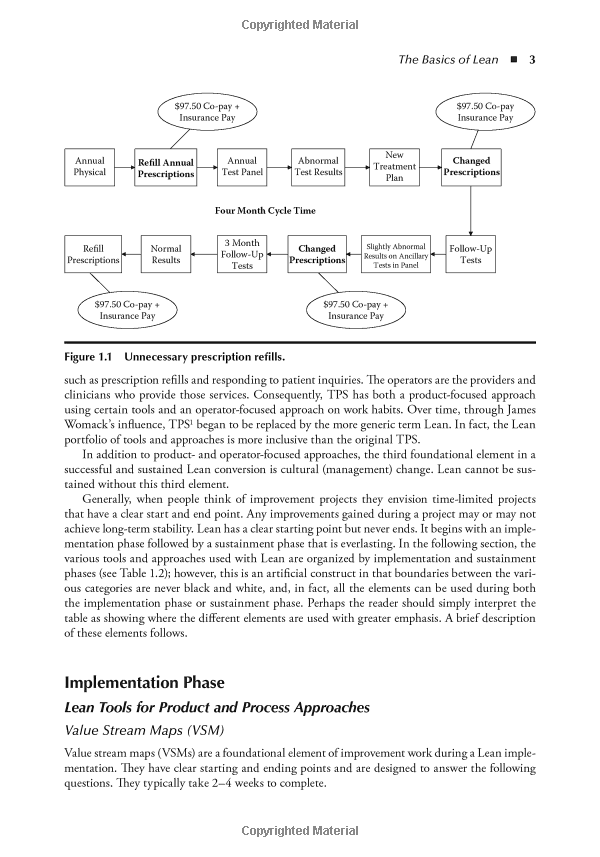Understanding the Loan Deposit Ratio: A Key Indicator for Financial Health
Guide or Summary:What is Loan Deposit Ratio?Importance of Loan Deposit RatioHow to Calculate Loan Deposit RatioFactors Influencing Loan Deposit RatioWhat is……
Guide or Summary:
- What is Loan Deposit Ratio?
- Importance of Loan Deposit Ratio
- How to Calculate Loan Deposit Ratio
- Factors Influencing Loan Deposit Ratio
What is Loan Deposit Ratio?
The **Loan Deposit Ratio (LDR)** is a crucial metric used in the banking and financial sector to assess the liquidity position of a financial institution. It represents the proportion of loans that a bank has issued compared to the total deposits it holds. Essentially, it is a measure of how effectively a bank is utilizing its deposits to generate loans. A higher ratio indicates that a bank is lending a significant portion of its deposits, which can lead to higher profitability, but it also raises concerns about liquidity risk.
Importance of Loan Deposit Ratio
The **loan deposit ratio** is important for several reasons. First, it provides insight into a bank's lending strategy. A bank with a low LDR may be overly conservative, potentially missing out on profitable lending opportunities. Conversely, a very high LDR might indicate aggressive lending practices, which could expose the bank to higher risks, especially in times of economic downturns when borrowers may default on their loans.
Moreover, regulators often monitor the loan deposit ratio to ensure that banks maintain adequate liquidity. A bank that is too heavily leveraged with loans may struggle to meet withdrawal demands from depositors, which can lead to financial instability. Thus, maintaining a balanced LDR is essential for both the health of the bank and the broader financial system.
How to Calculate Loan Deposit Ratio
Calculating the **loan deposit ratio** is relatively straightforward. The formula is as follows:

\[
\text{Loan Deposit Ratio} = \frac{\text{Total Loans}}{\text{Total Deposits}} \times 100
\]
For example, if a bank has $1 million in loans and $1.5 million in deposits, the LDR would be:

\frac{1,000,000}{1,500,000} \times 100 = 66.67\%
This means that the bank is using approximately 66.67% of its deposits to fund loans. A ratio of 100% would indicate that all deposits are being used for loans, while a ratio below 100% suggests that the bank is holding onto some deposits as reserves.
Factors Influencing Loan Deposit Ratio
Several factors can influence the **loan deposit ratio** of a bank. Economic conditions play a significant role; in a growing economy, banks may experience an increase in loan demand, which can raise the LDR. Conversely, during a recession, banks may tighten lending standards, leading to a lower LDR.
Additionally, regulatory requirements can also impact the LDR. Banks are often required to maintain certain liquidity ratios, which may limit their ability to extend loans. Furthermore, competition among banks can drive lending practices, with some institutions opting for higher LDRs to attract more borrowers.

In conclusion, the **loan deposit ratio** is a vital indicator of a bank's financial health and operational strategy. Understanding this ratio can provide valuable insights for investors, regulators, and financial analysts. By monitoring the LDR, stakeholders can gauge a bank's risk exposure, lending practices, and overall liquidity position. Balancing the loan deposit ratio is essential for ensuring that banks can meet their obligations while also pursuing profitable lending opportunities. As the financial landscape continues to evolve, keeping an eye on the loan deposit ratio will remain crucial for assessing the stability and performance of financial institutions.